GANESH PURANA: seeing Lord Ganesha in a different light

There are only two upapuranas also known as the minor puranas that are constructed around the Hindu lord Ganesha. One of them being Ganesh purana is consequently an important text for the Ganpataya denomination of Hinduism that worships Ganesha as their main deity. This purana is majorly split into two parts, one being Upasanakhanda that talks of worshiping the god and the other being Kridakhanda which includes the Ganesha Gita.
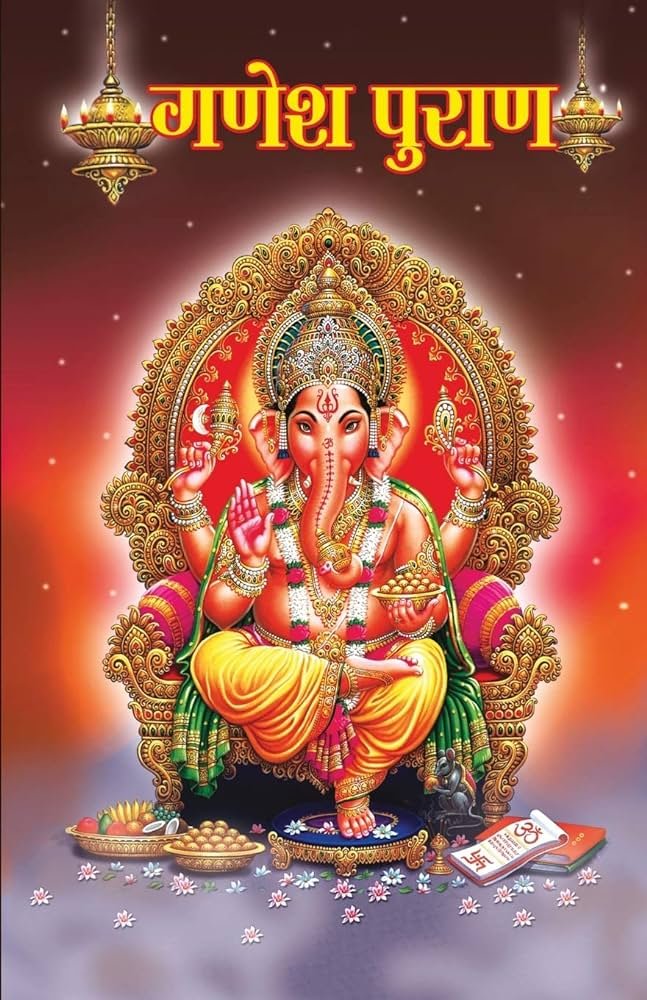 Ganesh purana talks of various aspects of Hinduism and consists of various mantras and chants for devotees to worship their gods with. With focus on Ganesha, it teaches people knowledge and wisdom. Ganesha as the god of beginnings is referred to throughout the purana. The Ganesh purana is composed in the didactic style and the imagery is mystical and almost magical.
Ganesh purana talks of various aspects of Hinduism and consists of various mantras and chants for devotees to worship their gods with. With focus on Ganesha, it teaches people knowledge and wisdom. Ganesha as the god of beginnings is referred to throughout the purana. The Ganesh purana is composed in the didactic style and the imagery is mystical and almost magical.
HISTORY
Like every other purana, the exact years of composition are matters of decent academic debate. Ganesh purana is said to have been composed in the later years. Stietencron suggests the period of composition to be 15th- to 18th-century while Thapan mentions that the more core of the Ganesha purana must have come into existence around the 12th and 13th century. Some other academics state 11th- 14th century or 9th-13th century to be the estimated time of the composition of this upapurana. When it comes to Hindu religious texts, it is not uncommon to witness this kind of a debate taking place.

MYTHOLOGY
Ganesha scribing the Mahabharata for Vyasa
A story recounts that Ganesha helped rishi Vyasa to write down Mahabharat while he dictated it. Ganesha was told that Vyasa that he would continuously dictate the story and Ganesha could not stop writing in the middle and interrupt the process. Once the feather Ganesha was writing with broke and to continue writing he broke his tooth and used that to write the rest of the story down. This is one of the stories that exists of Ganesha’s becoming the Ekadanta or the one tusked god. It is said that it took Ganesha and Vyasa somewhere around three years to complete writing down the Mahabharata.
Ganesha as Mayuresvara
Sage Kashyap had two wives, Kadru, and Vinita. Kadru’s sons were the serpents and Vinita’s sons were birds. Once kadrus sons held Vinita’s sons captive. This raged vinita and as a consolation to her Sage Kashyap gave Vinita a boon of having one more son in the form of a bird. During the egg stage, Lord Ganesh broke the egg while climbing a tree, and a peacock emerged from the egg. The newborn peacock and Ganesh fought with each other until the mother of the egg intervened. At the end the peacock chose to be Ganesha’s savari and asked him to be called by his name in return. Thus, Ganesha took the name Mayureshvar.
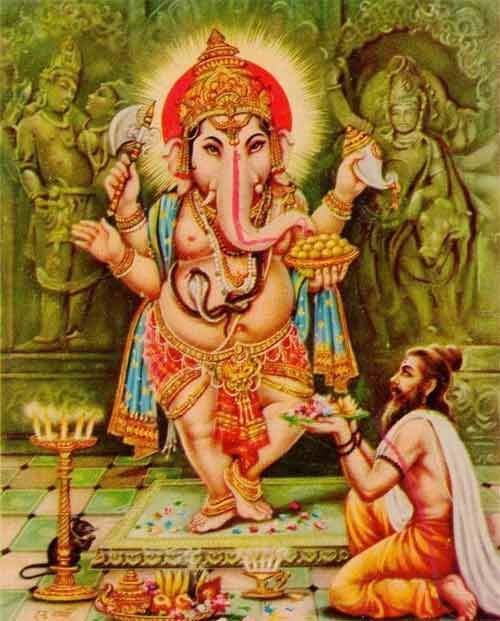
DEITIES
The Ganesha purana talks of 4 incarnations of Ganesha unlike the Mudgala purana which tells eight. The four incarnations are told in relation to four different yugas or ages of time. In Hinduism the yuga cycle is divided into four parts namely Krita Yuga, Treta Yuga, Dvapara Yuga, and Kali Yuga. Each Yuga Cycle is said to last for approximately 4,320,000 years.
As Vinayaka in Krita Yuga
In Krita Yuga, Lord Ganesha Is Presented As Vinayaka. This incarnation of ganesha has ten arms and is said to be very big in size. His savari is a lion and is said to be very giving and generous. He was born as the son of Kashyapa and Aditi and eliminated the demons Narantakaand and Devantaka.
As Mayuresvara in Treta Yuga
In Treta Yuga, Ganesha Is In The Form Of Mayuresvara. This incarnation has six arms and rides on a peacock as his savari. He is the main god worshipped in the temple of mayuresvara in Morgaon. Mayuresvara’s name comes from mayur which means peacock in english.
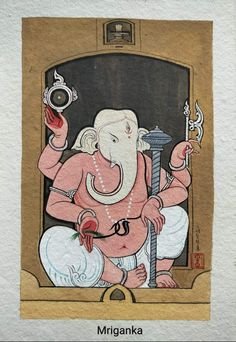
As Gajanana in Dvepara Yuga
Gajanana In Dvapara Yuga was the third incarnation of lord ganesha. This form or avatar had four arms and a red complexion. He was the son of goddess Parvati and lord shiva as gajanana. He was the god with the elephant head that shiva gave him.
As DhumraKetu in Kali Yuga
In the Kali Yuga Ganesha is in the form of Dhumraketu. This avatar sits on a horse as his savari, he has a Smokey complexion and has only two arms. He was meant to remove demons and evils from the world. Since we are living in the kali yuga in present, it is said that this avatar is yet to be born.
WORSHIP
There are broadly two ways mentioned in the Ganesha purana that are related to worshiping the god. In the upasanakhanda which literally translates to the part about worship talks about these two ways. One addresses and prays to the god through meditation and the other is about the bhakti of the idol/ murti of the god. When praying with meditation as a means of worship, one sees Ganesha as the eternal universe and Paramatma who has no faults and is the supreme ideal god to be worshipped. To partake in this one needs to see the god as the “atman” or the ideal core of oneself. To take the route of idol worshipping, one needs a murti that represents the god. The idol is then decorated with flowers and is offered offerings during festivals.
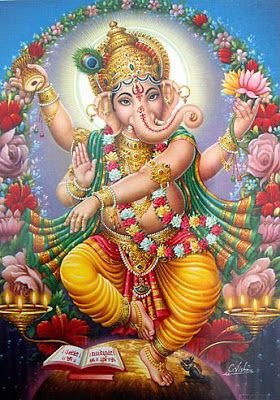
Other than this the Ganesh purana also mentions vrats or fasts that the worshippers can keep on certain occasions. There are descriptions of rituals and rites included in puja. Temple worship also has rules that need to be followed with great care.
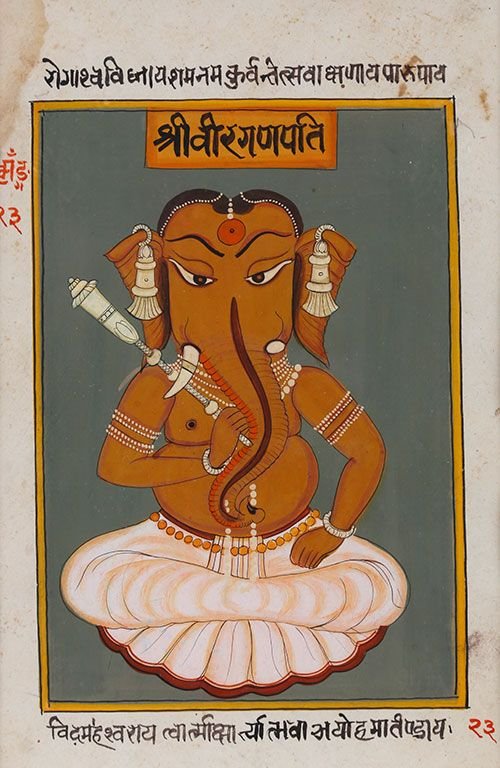
LEGACY
Ganesh purana holds meaning and importance to not only the ganpatays but also to anyone that reads the text. It is crafted around Ganesha and teaches us a lot about him. Being one of the few proclaimed texts about the god also makes it special to devotees. It explains directly or in hindsight ideas of spiritual and philosophical references. Be it the story of becoming of Ekadanta or the narration of Gita by Ganesha where Ganesha in the avatar of Gajanana explains to king Varenya the truth about the world all of them are interesting. Years after the composition of the purana, it still continues to be looked back at and referred to. It is truly an important part of the Hindu religious literature.


